Siting and Design
The siting and design of a hydropower project relates to the evaluation and determination of project siting and design options, including for the dam, power house, reservoir and associated infrastructure.
Examples of sustainability considerations for siting and design include: prioritising alternatives that provide opportunities for multiple use benefits; that are on already developed river systems; that maximise opportunities for and do not pose unsolvable threats to vulnerable social groups; or that avoid exceptional greenhouse gas emissions from reservoirs.
Understanding good practice
Adhering to good practice in siting and design can help a developer to deliver project objectives, optimise the constructed elements of the project and avoid, minimise and mitigate any issues associated with the development.
International industry good practice in siting and design for hydropower projects is defined in the Hydropower Sustainability Guidelines on Good International Industry Practice (HGIIP).
Assessing project performance
Two assessment tools are available to measure hydropower project performance:
In Hydropower Sustainability Assessment Protocol (HSAP), Siting and Design is addressed in P-4 for the preparation stage.
In Hydropower Sustainability ESG Gap Analysis Tool, Siting and Design is included in the Environmental and Social Issues Management addressed in Section 1.










